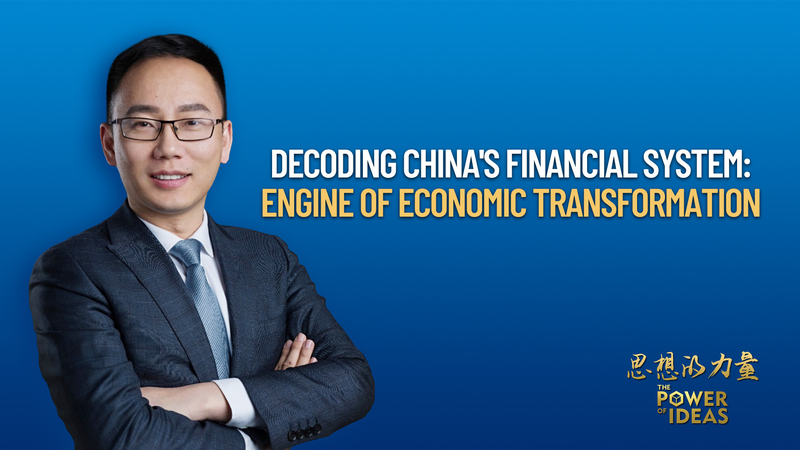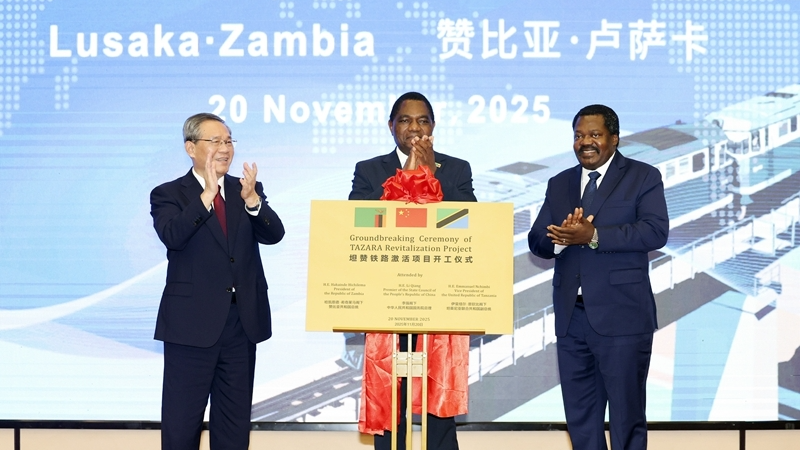In a global economy fueled by complex financial webs, few systems rival the sheer scale and sophistication of China’s. On November 21, 2025, Professor He Ping, associate dean of Tsinghua University’s School of Economics and Management, walked us through the three pillars powering the Chinese financial system: capital allocation, risk oversight, and market innovation.
1. Strategic Capital Allocation
China’s banking sector, with over $60 trillion in assets, remains the primary conduit for funding infrastructure projects and small businesses. State-owned banks channel capital into strategic industries—energy, technology, and transportation—ensuring that national priorities receive steady financing. Meanwhile, private lenders and non-bank channels, often dubbed the “shadow banking” system, contribute roughly 40 percent of total credit, offering faster, though riskier, financing options to startups and SMEs.
2. Robust Risk Management
Over the past decade, regulators in the Chinese mainland have tightened oversight to curb systemic risks. Non-performing loan ratios in major banks have fallen to around 1.5 percent in 2025, down from 2.2 percent in 2020. Real-time monitoring platforms, powered by big data and AI, flag stress points across sectors. Cross-border coordination through bodies like the International Monetary Fund has also grown, aligning standards and enhancing transparency.
3. Market Innovation and Digital Finance
Fintech plays a pivotal role in China’s financial evolution. The digital yuan pilot now spans more than 140 cities, facilitating low-cost, instant transactions for over 200 million users. Online wealth-management platforms host $12 trillion in assets under management, democratizing access to mutual funds and bonds. Blockchain initiatives streamline trade finance, reducing settlement times from days to hours.
Looking Ahead
As the world’s second-largest economy, China’s financial system faces new challenges: balancing growth with sustainability, integrating green finance, and adapting to global interest-rate shifts. Yet, the core mechanisms profiled by Professor He Ping—strategic funding, rigorous oversight, and relentless innovation—set the stage for continued transformation through 2025 and beyond.
Understanding these pillars offers a window into how the Chinese financial system not only drives domestic growth but also shapes global economic trends.
Reference(s):
Decoding China's financial system: engine of economic transformation
cgtn.com




